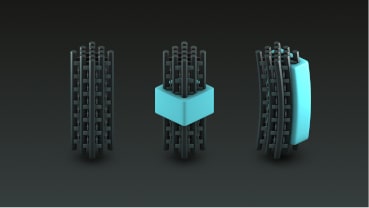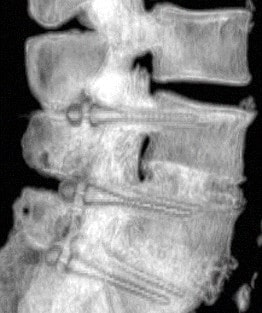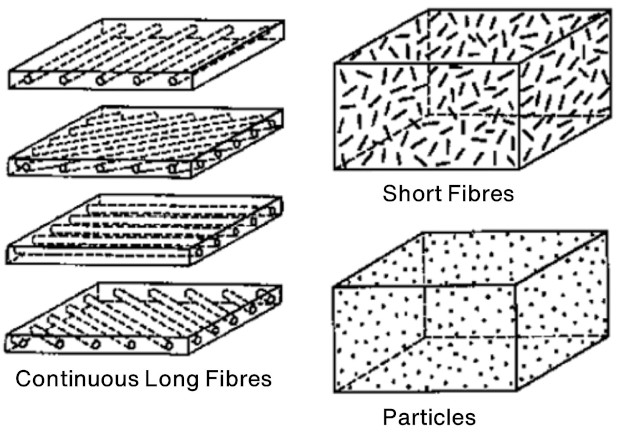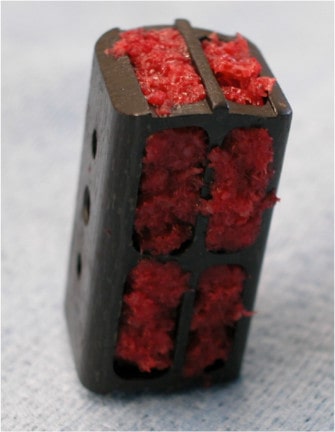ostaPek® is the carbon composite material developed and made by Coligne for spine fusion applications, since 1994. It is made of 67% long oriented carbon fibers embedded in a 33% PEKEKK matrix.
When thinking of potential advantages of ostaPek® carbon composite compared to state-of-the-art materials for spinal fusion, such as PEEK or metals, there are at least 3 major fields where ostaPek® can have an impact: biology, biomechanics, and response to radiation.
Let’s start with biology. ostaPek® bio-compatibility has been carefully assessed prior to release to market by in vitro and in vivo studies. It is also continuously monitored according to the regulatory requirements of ISO 10993. More than 100’000 patients treated with ostaPek® implants over 25 years in Europe and the United States show the safety of the biomaterial. Bio-compatibility is an absolute requirement for medical implants, but what else can ostaPek® bring?
In 2007, a study performed at Istituto Ortopedico Rizzoli, Bologna, Italy described a rate of cell growth 5 times higher in carbon composite material compared to PEEK [Barbanti Brodano, 2007], and a continuous and homogeneous distribution of human osseous cells on the carbon composite implant surfaces compared to multi-layered discontinuous cell clusters on PEEK.
In comparison to titanium surfaces, ostaPek® implants show improved results in terms of cellular density and viability of human osseous cells, without needing a coating [Sigot-Luizard, 2000].
Moreover, [Petersen, 2016] showed that osseointegration in terms of percent bone area for distances from the implant surface of 0.1mm was four times higher for carbon-fiber-reinforced composite compared to Titanium.
Switching from the material surface to the actual implants, “more space for bone” is a key design principle for the ostaPek® intervertebral cages. Thin walls and a light architecture allow for a large volume of bone graft within the cage and a maximized surface of graft in contact with the end plates.
With the awareness that a successful spinal procedure is the result of multiple factors, we have designed the ostaPek® material and implants to optimize the fusion process, bringing a new level of function, security, and physiological satisfaction to the patients.
24 February 2021



